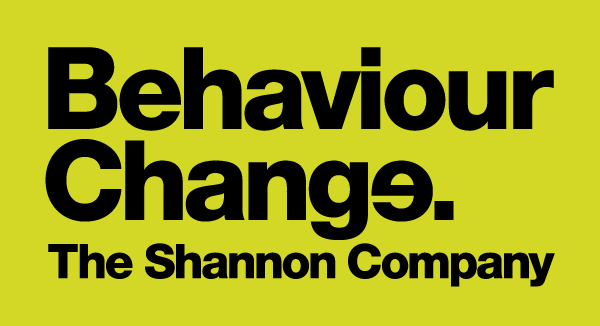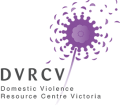
A behaviour change campaign to aid the prevention of family violence.
Project implemented: December 2016
To broaden understanding of what family violence is/impacts and services for victims, survivors and potential perpetrators.
This project helps reduce the risk factors of family violence at the individual, community and societal level.
Workshops to harness the expert knowledge of relevant organisations to help inform strategy.
Development of behaviour change approach and creative ideas.
Qualitative research to understand the issues, attitudes, values and advertising direction.
Research findings and approach reviewed and agreed with stakeholders.
Television, digital/social, radio, outdoor and print are the primary mediums.
An ongoing evaluation program is in place.
Redefinition of what constitutes family violence.
,Discussion with family and friends.,Decrease in thinking verbal abuse is less harmful.
Family violence is a complex societal issue with many contributing risk factors at the individual, community and societal level. It is not just strong physical violence, it comes in many forms. It can also be things like trying to control a person’s finances/personal life, putting them down all the time and bullying.
One of the key recommendations of a Victorian Royal Commission into Family Violence was the introduction of a behaviour change program. In partnership with a number of government stakeholders, The Shannon Company has created the first stage of what will be a three-year programme.
Our approach addressed the monster in the room – the disrespect of women, and then the impact this disrespect is having on our children, and their futures.
Our work implored that without men learning about and taking responsibility for the damage they’re doing to the children who are witnessing the way they treat women, we will get nowhere. The work strongly frames violence against women as being the responsibility of men and the way they choose to father.





